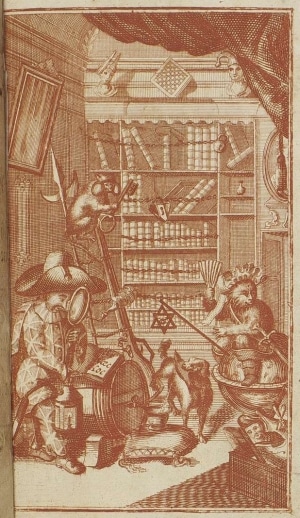Auctions were intended to attract potential buyers, which is why the lots of goods to be auctioned were publicised in auction catalogues and promotional previews organised.
The project focuses on the objects, adopts the approaches of materials and collection research and, by examining the auction process, looks at how the objects were classified, enriched with metadata and accorded meaning and more specifically value. Here the starting point for the research is the competitive environment: this had a decisive influence on how the ‘exhibits’ were presented and appropriated in textual or performative spoken form and determined how the auctions developed a logic of their own as founts of knowledge.
One point of study is auction practice and the role of the individuals who played an important role in describing and thus appropriating the objects. This involved the authors of the auction catalogue and, most importantly, the auctioneers, who were responsible for organising the auction and ensuring the ‘rules’ were followed. The protagonists also included the buyers, who found themselves in a setting in which the shared space and competition over the objects served to level out social differences. Furthermore, the project also addresses the significance of auctions with regard to the history of knowledge, given that this was also associated with commercial practice. It focuses on the scope of the studies that were conducted into the objects at the auction site and sheds light on the significance of these studies for the debates surrounding the economic value and provenance of the items put up for auction. The project thus views itself as a contribution to research into the intersection of the histories of knowledge, economics and the objects themselves.
PURL: http://diglib.hab.de/?link=101
Funding: Budget
Duration: January 2019 – December 2023
Project participant: Dr Elizabeth Harding (team member)

